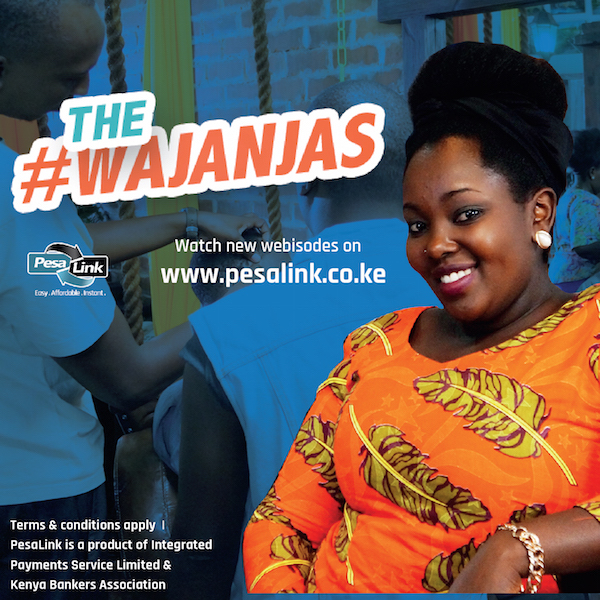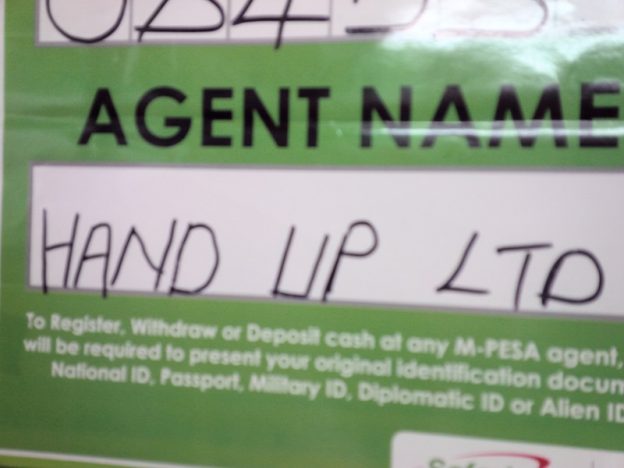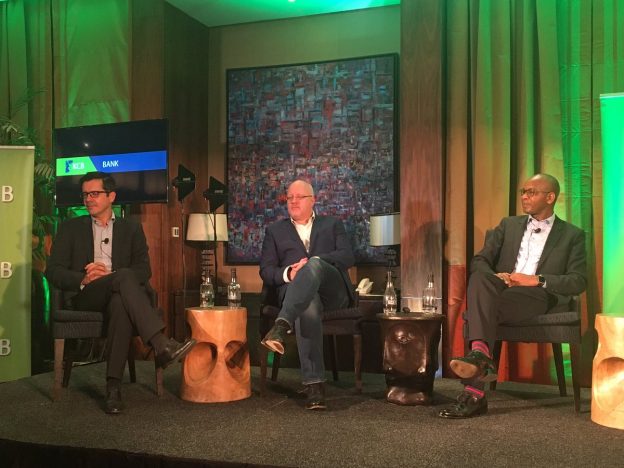The Wajanjas is the name given to the pre-launch activities of Pesalink which was unveiled three weeks ago. Pesalink is an initiative of the Kenya Bankers Association that may be the next revolutionary thing in Kenyan banking. Already 20 commercial banks have activated it.
While it may appear to be a reaction to mobile money, and m-pesa, Pesalink is actually a reaction to the banks’ own customer habits and the prevalence of the mobile phone – and recent bank internal numbers show customers moving from branches to phones. According to Barclays Bank, its customers did 43% of their transactions at their branches in 2016 down from 59%. At KCB, 75% of customers use mobile phone banking services and 91% of loans transactions are processed on phone, while at Coop, just 25% of transactions were done at branches at branches in 2015.
One of the main bank activities now is customers performing real-time cash transfers and payments. This is done by customers going to ATM’s or getting cash which they then upload to mobile money to be sent to a recipient, who then withdraws cash at an agent, and probably re-deposits it into a bank. But all that changes with Pesalink which short-circuits the long chain as transfers can be initiated at by phone (USSD / bank app), at a bank branch/agent, or bank ATM or over the (bank) Internet – and sent to any recipient registered at any of the 20 banks. This will also lower the costs of transacting. For the consumer, it currently costs a lot of money to send money, and Equity Bank CEO, James Mwangi, said Kenyans spent 59 billion to transfer money last year, but that figure should come down with Pesalink.
In addition, the mobile money limits of Kshs 70,000 per transaction and Kshs 140,000 (~$1,400) per day don’t apply here. Pesalink limits are similar to that of bank cheques – which can go up to Kshs 1 million shillings (~$10,000). This is very useful when there are events like fundraisers, weddings, and (unfortunately) funerals. These are often expensive affairs where as soon as funds are raised they have to be disbursed quickly to service providers.
Another useful feature, that’s finally here, and which mobile money has failed to incorporate, is adding in the reason for a transaction. You can tag each payment with a useful message as to what it is for “bride car hire” or “apartment F6 water repair” and this helps account holders to track their mobile money transfers over time.
Try out Pesalink at your bank, by designating your phone number, and your primary bank account number. NIC Bank has some nice menus (PDF) that explain how simple it is to use Pesalink.




